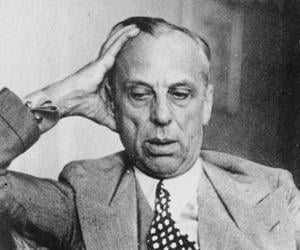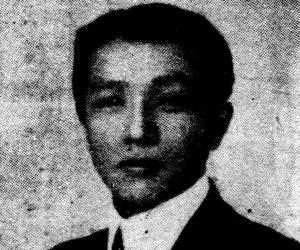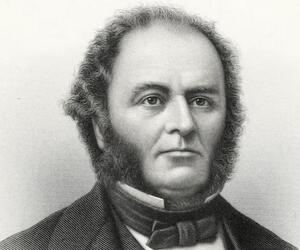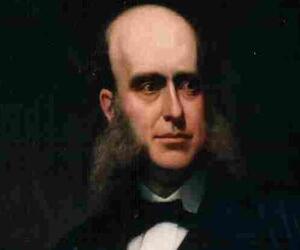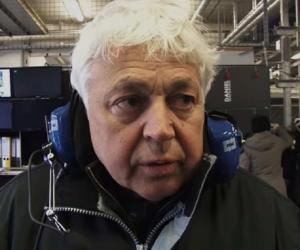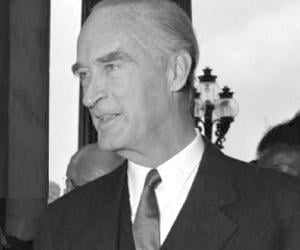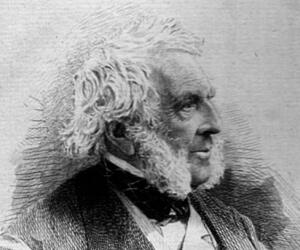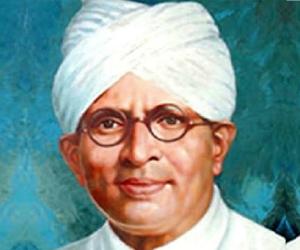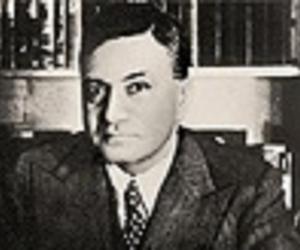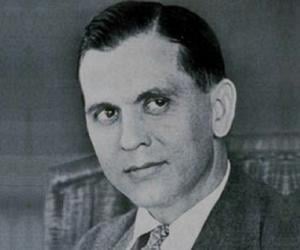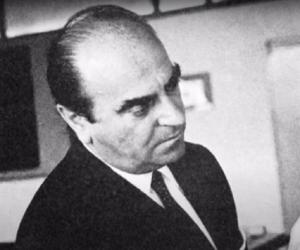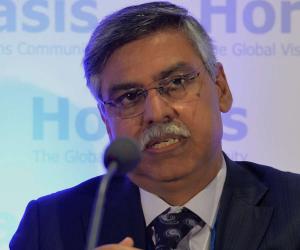Quick Facts
Also Known As: Alfred Pritchard Sloan Jr.
Died At Age: 90
Family:
Spouse/Ex-: Irene Jackson
father: Alfred Pritchard Sloan Sr.
mother: Katherine Mead Sloan
Automobile Industry American Men
Died on: February 17, 1966
U.S. State: Connecticut
City: New Haven, Connecticut
Founder/Co-Founder: Alfred P. Sloan Foundation
More Facts
education: Massachusetts Institute of Technology
awards: 1951 – The Hundred Year Association of New York’s Gold Medal Award
Childhood & Early Life
He was born on May 23, 1875 in New Haven, Connecticut, to Alfred Pritchard Sloan Sr., machinist and investor, and his wife, Katherine Mead Sloan. He was the first of the five children of his parents.
His father invested in a number of businesses including a tea and coffee import company.
He received his early education from the Brooklyn public schools and the Brooklyn Polytechnic Institute where he excelled in academics.
After school, he studied electrical engineering and graduated from the Massachusetts Institute of Technology in 1895. He was the youngest member of his graduating class.
Career
In 1895, he was appointed as a draftsman in the Hyatt Rolling Bearing Company at Harrison, New Jersey. The company used to make roller and ball bearings at the time of his appointment.
In 1899, he became the president and general manager of the company when his father brought the firm with one of his friends. As the president, he revived the firm by manufacturing the steel roller bearings for the growing automobile industry.
His company grew rapidly in sales and manufacturing under his leadership and soon became a standard in the automobile industry.
In 1916, the Hyatt Roller Bearing Company and a number of other manufacturers of automobile accessories, merged with the United Motors Corporation and he became president of the merged entity.
In 1918, United Motors became part of the General Motors Corporation and he was named its Vice President in Charge of Accessories and a member of the Executive Committee.
He performed his work with full dedication and efficiency for his company. He became the President of General Motors in 1923.
In 1937, he was appointed as the Chairman of the Board of General Motors. He remained the Chief Executive Officer of the firm until 1946.
He officially retired from the post of Chairman of the board of directors in 1956.
Following his retirement, he wrote a book titled ‘My Years with General Motors’, a documented insider’s story of the management of his firm. It was published in 1964.
He was also named Honorary Chairman of the Board, a title he retained until his death.
Major Works
One of his most significant and notable works was his contribution in the successful rise of his company in the automotive business. Under his supervision, General Motors became one of the largest industrial enterprises of the world.
He became one of the first theorists of management as a discipline in modern American business. He was responsible for organizing the company’s inventory in various divisions and achieving targets with profits in a highly effective manner.
In 1931, under his sponsorship, the world’s first university based executive education program, ‘The Sloan Fellows’, started at MIT.
He is also remembered as a great philanthropist. In 1934, he founded the Alfred P. Sloan Foundation which contributes to the areas of science and technology, standard of living, education, and medical research.
Awards and Achievements
He appeared on the cover of Time Magazine on December 27, 1926.
In 1951, he was honored with The Hundred Year Association of New York’s Gold Medal Award in recognition of his outstanding contributions to the City of New York.
In 1975, he was inducted into the Junior Achievement U.S. Business Hall of Fame.
’The Alfred P. Sloan Museum’ was built in his honor in Flint, Michigan.
The ‘Alfred P. Sloan Prize’ is awarded by his foundation to films dealing with science and technology each year at the Sundance Film Festival.
Personal Life & Legacy
In 1898, he married Irene Jackson of Roxbury, Massachusetts. They had no children.
He shared a special bond with his half-brother, Raymond, who was 18 years younger to him. He was deeply saddened when Raymond died in the 1940s.
He established the Alfred P. Sloan Foundation, a philanthropic non-profit organization, in 1934 and devoted a large share of his time and energy to philanthropic activities. The foundation gave grants for science and technological research and also contributed a fair share of money for cancer research.
He died on February 17, 1966, due to heart attack, in Memorial Sloan Kettering Cancer Center, New York City ,and is buried in Cold Spring Harbor, New York.
See more:


